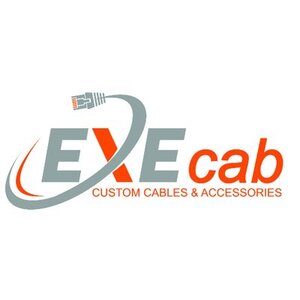Another big clearance sale guys. Hope the title is sufficient.
All Comsol Branded & Retail bagged Comsol Cat5e Patch cords. Does Gigabit.
Major warehouse clearance as we are relocating at the end of the month to a new factory.
All the smaller lengths have multiple colours available. Stock levels indicated are correct on each item.
Starting from $0.60 for 500mm up to 50m for $14.00.
All parcels dispatched by Eparcel, trackable. pickup available from St Marys if your in sydney


Good price, but shipping kills for a small order.